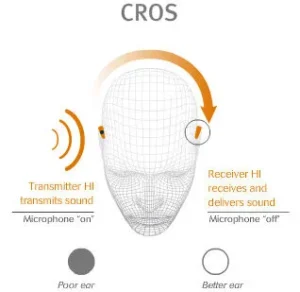There are so many different types of hearing aids available today that it can be tricky to know which are the best hearing aids for you. Modern hearing aids are available in a wide array of styles, sizes and designs, and following a detailed consultation, our London Ear Centre experts can help you to decide which type is best suited to your individual hearing needs and lifestyle.
At London Ear Centre, we have access to the latest hearing aids and technology from all the world’s leading manufacturers. As we’re a fully independent provider, all our patients can rest assured that we will recommend the most suitable devices based on their specific needs.
TYPES OF HEARING AIDS
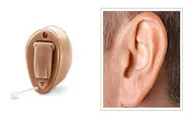
Invisible in the canal (IIC)
The smallest type of hearing aids, IIC aids sit right inside the ear canal, with no external components and, as such, are invisible. Invisible hearing aids are generally the most expensive; however, these aren't a suitable option for individuals suffering severe hearing loss.
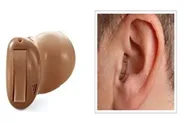
Completely in the canal (CIC)
CIC hearing aids are slightly larger than IIC aids, and sit just inside the opening of the ear canal, so they are slightly visible. However, CIC hearing aids are still very discreet, and are slightly easier to handle.

In the canal (ITC)
ITC hearing aids are slightly larger than CIC aids. ITC aids fully occupy the opening of the ear canal and are therefore more visible. These devices are still quite discreet and allow for better handling.
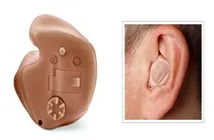
In the ear (ITE)
In-ear hearing aids (ITE) occupy the whole helix portion of the outer ear. As such, they are manually adjustable and may be used for a variety of hearing losses.
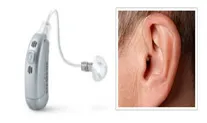
Receiver in the canal (RIC)
RIC hearing aids are the most popular type of hearing aids available. The receiver of the aid is placed inside a small dome in the ear canal, resulting in a smaller behind-the-ear component. This means more power in the instrument, a more discreet hearing aid, less distortion, and a natural and comfortable fit.
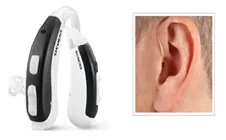
Behind the ear (BTE) open fit
Open fit devices are small, behind-the-ear hearing aids that have a thin transparent tube that sits inside the ear. This type of hearing aid is relatively discreet, and keeps the ear open, resulting in a more natural and comfortable fit.
Wireless CROS/Bi-CROS system
CROS/ Bi-CROS hearing aids operate by transmitting sounds and speech that are approaching the poor ear to the good ear via a wireless microphone. Those with an unaidable hearing loss on one side and better hearing on the other side will benefit from the advanced wireless transmission technology we offer.
- CROS instrument is suitable for single sided hearing loss.
- Bi-CROS instrument is suitable when the poorer ear has a profound hearing loss and the better ear has a mild to severe hearing loss.
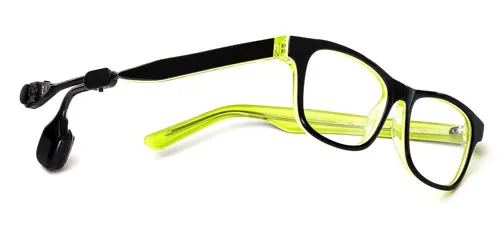
Spectacle aids
Spectacle hearing aids are specially modified spectacles that have been adapted, with one arm fitted with a hearing module attachment. These devices work via bone conduction, and are a convenient, comfortable, and discreet solution for patients that need to wear both glasses and hearing aids.
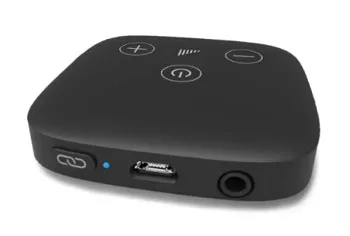
Accessories for hearing aids
There is a wide array of accessories for hearing aids that users can wirelessly link via Bluetooth to their hearing aids. These enable audio streaming from a range of household and mobile devices directly into hearing aids.
How Do Hearing Aids Work? Digital Hearing Aids
Digital hearing aids consist of complex signal processors whereby incoming sound is converted into a digital signal, which is processed using mathematical algorithms, then converted back into sound. This allows hearing aids to divide sound into many different frequency regions, and amplify each region individually for a more accurate correction of your hearing loss. This processing within hearing instruments enables different amounts of amplification for soft, moderate and loud sounds.
Digital hearing aids are programmable, meaning the hearing instrument settings can be precisely fine-tuned and special features can be customised for each wearer by using hearing aid software on a computer. If your hearing changes, digital hearing aids can simply be fine-tuned and re-programmed to meet your individual needs and preferences.
Digital hearing aids possess sophisticated features, even in the basic models, for patients who routinely encounter dynamic listening scenarios. Examples of some of these features include:
HEARING AID TECHNOLOGY LEVELS
The hearing aids we offer are available in three different technology levels.
The table below lists the differences between them and the environments they are best suited for:
HEARING AID BRANDS
We stock, supply and fit hearing aids from all the major hearing aid brands on the market. This ensures that all our patients benefit from having access to the best hearing aid technology available, and are always provided with a completely unbiased opinion on which devices will best suit their particular needs and requirements.










CONSULTATION
BOOK A HEARING AIDS CONSULTATION
Our detailed hearing aids consultation enables us to fully understand your hearing needs and make recommendations suited to your lifestyle requirements. The consultation will cover:

CHOOSING THE BEST HEARING AIDS FOR YOU
We understand that the diagnosis of hearing loss can be an emotional and even overwhelming experience. If your test results indicate that you may benefit from hearing aids, you will likely have numerous questions about them such as how will they look? How will they impact your lifestyle? Which are the best hearing aids?
Along with answering your questions, our experts will identify the hearing technology and style that fits you best. We’ll make sure you’re fully comfortable and have all the information required to make the most informed decision to get your hearing back on track.

HEARING AIDS FITTING
If you decide to go ahead with one of our hearing aid packages, you’ll be booked in for a hearing aid fitting appointment. This appointment will include the following:
- Programming, fitting and fine-tuning your hearing aids
- In-situ hearing aid verification and validation measures to ensure that your devices are providing you with clear, objective benefit
- Demonstration of how to use and take care of your hearing aids
- Initiation onto a program of auditory training that, with optional ongoing training, will help improve your speech discrimination in background noise and enable you to get the maximum benefit from your new hearing aids
- A follow-up and aftercare plan
![shutterstock_582882418-[Converted] shutterstock_582882418-[Converted]](https://www.londonearcentre.com/wp-content/uploads/2020/07/shutterstock_582882418-Converted.png)
HEARING AIDS FOLLOW-UP
A follow-up appointment is usually arranged a few weeks after your hearing aids fitting appointment to evaluate your progress, check whether you’re having any problems with your aids, and make further fine-tuning adjustments as necessary. We may repeat some of the tests we performed at the initial consultation to identify any further areas of improvement. In the event that the hearing aids have not been successful, we can try a different set for you.
For complete peace of mind and in the unlikely event that you are not entirely satisfied with your hearing aids after fine-tuning adjustments, you can return them to us for a full refund (less the £150 consultation fee, which is non-refundable), provided that the return is made within 30 days of the initial fitting. Rest assured, this is a very rare outcome, as our return rate is exceptionally low.

HEARING AIDS AFTERCARE
We consider our aftercare offering to be for a lifetime as we aim to build long-term relationships with our patients. Any fine-tuning adjustment you may want to make to your hearing aids will be offered to you free of charge for as long as you have them.
You will also be entitled to free annual hearing test appointments and check-ups for a set number of years (depending on the hearing aid package you proceed with) to ensure that your hearing aids are routinely optimised to meet your changing hearing needs.

